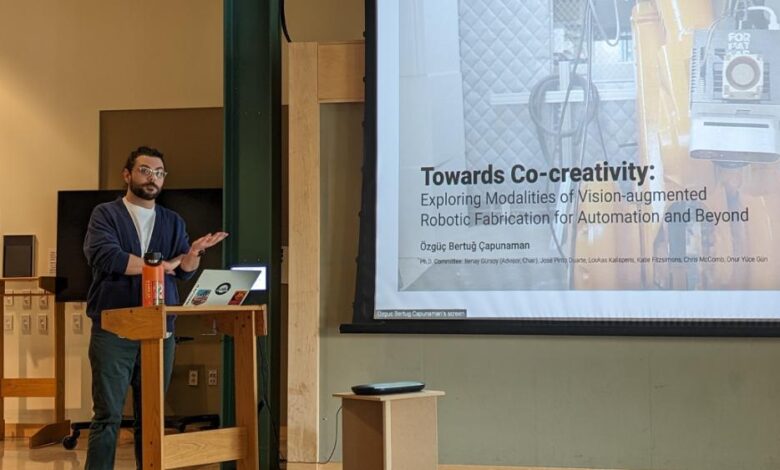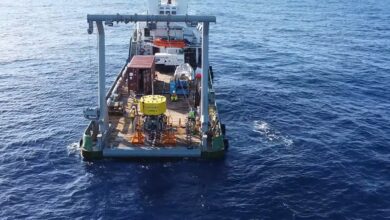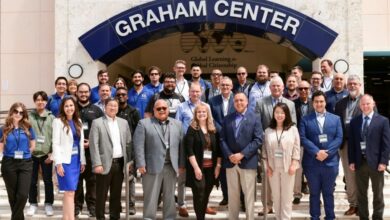Architecture doctoral candidate works to make robots more intelligent, adaptive

In 2023, Çapunaman spent three months in San Francisco at Autodesk Research, which provides software products and services for the architecture, engineering, construction, manufacturing, media, education and entertainment industries, to explore his line of research with the company’s broader vision of autonomous robotics. He introduced his 3D-scanning work from Penn State and helped build a spatial robotic perception pipeline for robotic assembly tasks.
“I want to help architects and designers understand that [robots] are our tools as long as we claim them to be ours and as long as we put in the work to understand why they do what they do,” Çapunaman said. “Robotic fabrication in an architectural context often involves a plethora of unique challenges, from novel material systems to complex geometries. I’m interested in making it possible for robots to have more capacity to understand their world so that they can make things safer and faster for us and [do] more complex [tasks].”
Çapunaman said that he envisions a world where robots would collaborate with humans in the design and fabrication space.
“Especially with the recent surge in artificial intelligence research, I believe that we are at the cusp of a major paradigm shift toward more intelligent and autonomous fabrication modalities. Beyond autonomous digital fabrication, my work can open novel fabrication scenarios in creative processes, mimicking how humans engage with open-ended problems through a series of seeing, acting and seeing,” Çapunaman said. “My ultimate goal would be to make robots not necessarily executors of things but more like collaborators so that you work with them rather than making them work for you. The goal is to be co-creative [with robots] so that we both can bring design ideas to the table by taking turns in manipulating our physical environment.”



